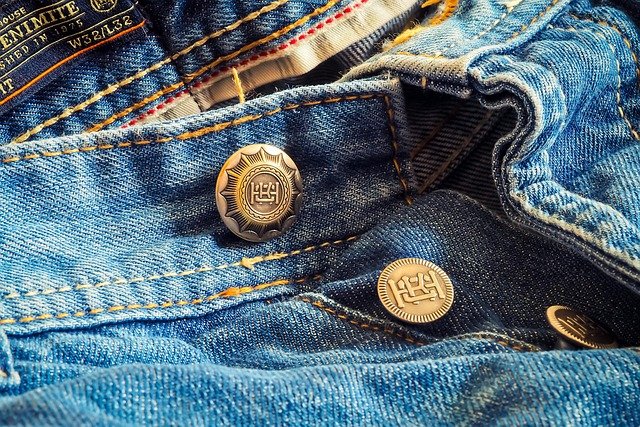Jeans: Fabric, Fit, Care, and Style
Jeans are a durable, versatile wardrobe staple found in many cultures and styles. Made historically from denim, they evolved from workwear into everyday clothing and fashion statements. This article explains what jeans are made of, how fits and cuts differ, care tips to extend their life, how they fit current trends, where to buy them, and sustainable options.

What are jeans made of?
Jeans are typically made from denim, a woven cotton twill characterized by diagonal ribbing on one side. Traditional denim uses 100% cotton, but modern blends often include a small percentage of elastane or polyester to add stretch and recovery. Weight, measured in ounces per square yard, affects drape and durability: heavier denim feels stiffer and ages differently than lightweight denim. Finishes and washes—raw, rinsed, stone-washed, or distressed—also change appearance and texture without altering the base fabric.
How do denim fits and cuts differ?
Fits and cuts influence both comfort and silhouette in pants. Common cuts include skinny, slim, straight, relaxed, tapered, and bootcut; rises range from high to low. A skinny fit hugs the leg, while straight offers a consistent line from hip to hem. Relaxed or loose styles allow more room through the seat and thigh. Tapered cuts narrow toward the ankle for a modern profile. When choosing jeans, consider body shape, intended use, and whether you prefer room to move or a tailored look.
How to care for denim to extend life?
Caring for denim can preserve color, shape, and fabric integrity. Washing jeans less frequently reduces fading and wear; spot cleaning and airing out between wears helps. When washing, turn jeans inside out, use cold water, and choose a gentle cycle or hand wash to minimize abrasion. Avoid bleach and heavy detergents; use minimal detergent formulated for dark colors if needed. Hang or lay flat to dry rather than using high-heat drying, which can shrink or weaken fibers. Simple repairs—patches, restitching seams, or replacing buttons—also prolong usable life.
How jeans fit into clothing and fashion trends?
Jeans remain adaptable across casual and smart-casual wardrobes, evolving with fashion cycles. Classic silhouettes like straight and relaxed see periodic revivals, while slimmer and cropped cuts have dominated recent years. Styling options are broad: jeans pair with t-shirts for casual looks, sweaters and blazers for refined outfits, or layered under coats for colder climates. Distressed or embellished denim reflects contemporary trends, while raw and selvedge denim appeal to consumers interested in heritage aesthetics. Fashion-forward use often balances fit, fabric weight, and finish.
Where to find jeans and what to consider when buying pants?
Buying jeans can be done through local services, specialty denim shops, department stores, or online retailers. In-store shopping lets you try different rises and cuts to find the best fit; online shopping offers broader selection and user reviews. Key things to check: fabric composition, rise and inseam measurements, construction details (stitching, rivets, pocket placement), and return policies. Consider brand transparency on sourcing and production if ethical manufacturing is important. Keep in mind that sizes vary between manufacturers, so consult sizing charts and measurement guides before purchasing.
What are sustainable denim options?
Sustainable denim addresses environmental and social impacts across the supply chain. Options include jeans made from organic cotton, recycled fibers, or lower-impact processes that reduce water and chemical use. Some brands use laser or ozone finishes instead of water-intensive stone washing, and others implement water-recycling and wastewater treatment in factories. Transparency about supply chains and third-party certifications can indicate better practices, though certifications and claims should be verified. Repairability and buy-back or recycling programs extend garment life and reduce waste, aligning with circular clothing approaches.
Conclusion
Jeans are a long-standing clothing item that combine practicality with stylistic flexibility. Understanding fabric, fit, care, and sourcing helps you choose and maintain pairs that meet your needs and reflect your values. Whether you prioritize classic construction, a particular silhouette, or more sustainable production, informed decisions can improve comfort, longevity, and the overall role jeans play in your wardrobe.






